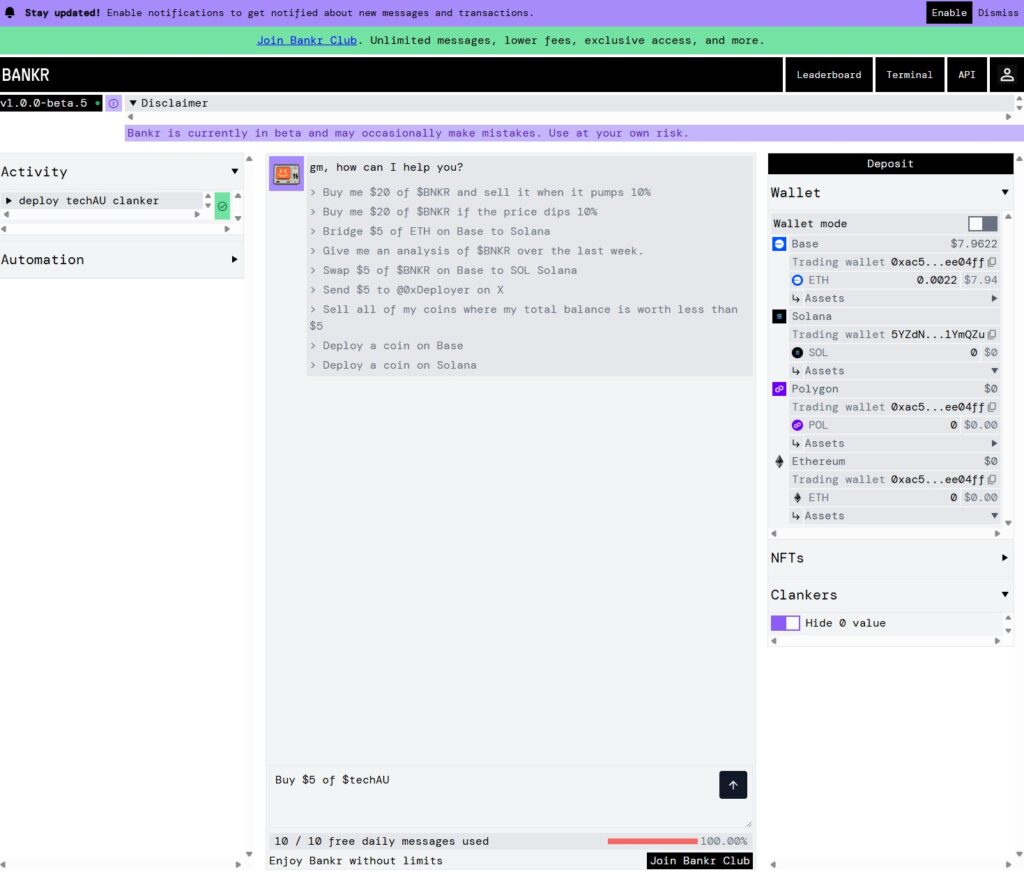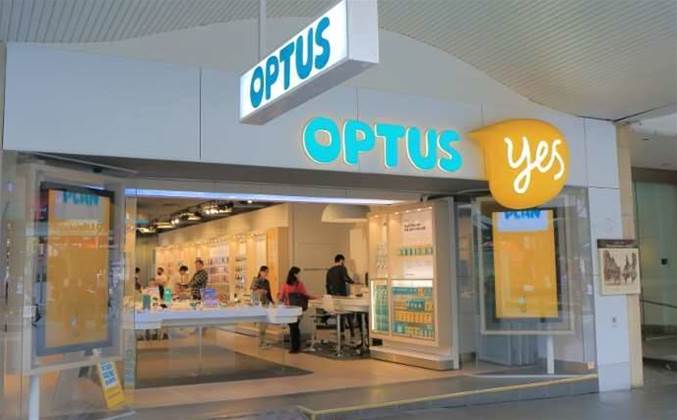Microsoft discloses that Russia’s FSB is involved in cyber espionage at the ISP level
We independently review everything we recommend. When you buy through our links, we may earn a commission which is paid directly to our Australia-based writers, editors, and support staff. Thank you for your support!
Quick Overview
- Microsoft indicates that Russia’s FSB is utilizing ISPs for cyber espionage.
- FSB targets embassies in Moscow employing advanced malware.
- Operation associated with Secret Blizzard, also known as Turla.
- Heightened geopolitical tensions and cyber threats stemming from Russia.
FSB’s Cyber Espionage Strategies
In a remarkable disclosure, Microsoft confirms that Russia’s Federal Security Service (FSB) is conducting cyber espionage at the internet service provider (ISP) level. According to Microsoft Threat Intelligence, the FSB has been using malware against embassies and diplomatic organizations within Moscow.

Targeting Embassies and Malware Implementation
The FSB’s initiative, recognized in February, includes the setup of personalized backdoors on targeted systems. These backdoors enable further malware deployment and data exfiltration. The precise embassies being targeted have not been revealed, but the ramifications are significant against a backdrop of international political strain.
Geopolitical Background
This announcement occurs as Washington presses Moscow to halt its military presence in Ukraine. Moreover, NATO countries are dedicated to augmenting defense expenditures as apprehensions about Russian cyber operations intensify. Microsoft’s revelations amplify these worries, highlighting the sophisticated techniques utilized by Russian cyber factions.
Secret Blizzard and Turla
The hacking operation is associated with a faction Microsoft refers to as “Secret Blizzard,” which is also termed “Turla” by other sources. This group has a longstanding record of breaching governments, media outlets, and other organizations for nearly two decades. The US government emphasized this danger in May 2023 following the interruption of one of its operations.
Conclusion
Microsoft’s recent discoveries reveal a complex cyber espionage effort by Russia’s FSB, leveraging local ISPs to target embassies in Moscow. This initiative, linked to the infamous Secret Blizzard group, illustrates the ongoing risk of state-sponsored cyber activities amid escalating geopolitical tensions.














